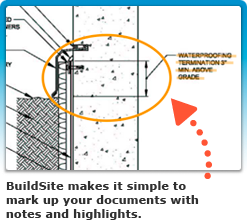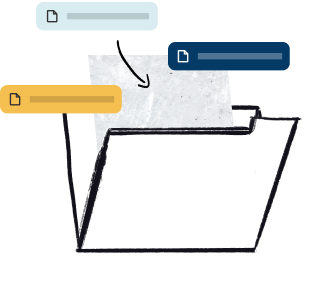Abstract
This specification covers mineral fiber pipe insulation that are formed into hollow cylinders for standard pipe and tubing sizes. The pipe insulation may be molded or precision v-grooved with one or more walls split longitudinally and used up to a specified temperature. The materials are classified into five types according to the processing method used to form the material and the operating temperatures and into two grades according to heating requirements. The mineral fiber insulation should be manufactured from molten mineral substances such as rock, slag, or glass and processed into fibrous form using a binder, and adhesives when preferred. All products should conform to the required values of hot surface performance, non-fibrous content, use temperature, sag resistance, linear shrinkage, water vapor sorption, surface-burning characteristics, apparent thermal conductivity, and mean temperature.
This abstract is a brief summary of the referenced standard. It is informational only and not an official part of the standard; the full text of the standard itself must be referred to for its use and application. ASTM does not give any warranty express or implied or make any representation that the contents of this abstract are accurate, complete or up to date.
1. Scope
1.1 This specification covers mineral fiber insulation produced to form hollow cylinders for standard pipe and tubing sizes. The mineral fiber pipe insulation may be molded or precision v-grooved, with one or more walls split longitudinally for use on pipe temperatures up to 1400°F (760°C).
1.2 For satisfactory performance, properly installed protective vapor retarders or barriers should be used on sub-ambient temperature applications to reduce movement of moisture through or around the insulation to the colder surface. Failure to use a vapor barrier can lead to insulation and system damage. Refer to Practice C921 to aid material selection.
1.3 Flexible mineral fiber wrap products such as perpendicular-oriented fiber insulation rolls, non-precision or manually scored block or board, or flexible boards or blankets used as pipe insulation, are not covered by this specification.
1.4 The values stated in inch-pound units are to be regarded as standard. The values given in parentheses are mathematical conversions to SI units that are provided for information only and are not considered standard.
1.5 For Naval Sea Systems Command (NAVSEA) acceptance, materials must also comply with Supplemental Requirements. See Annex A1 of this standard.
1.6 The following safety hazards caveat applies to the test methods portion, Section 11, only: This standard does not purport to address all of the safety concerns, if any, associated with its use. It is the responsibility of the user of this standard to establish appropriate safety and health practices and determine the applicability of regulatory limitations prior to use.
Reproduced, with permission, from the ASTM International website, copyright ASTM International, 100 Barr Harbor Drive, West Conshohocken, PA 19428. To purchase the complete standard, go to http://www.astm.org/.



